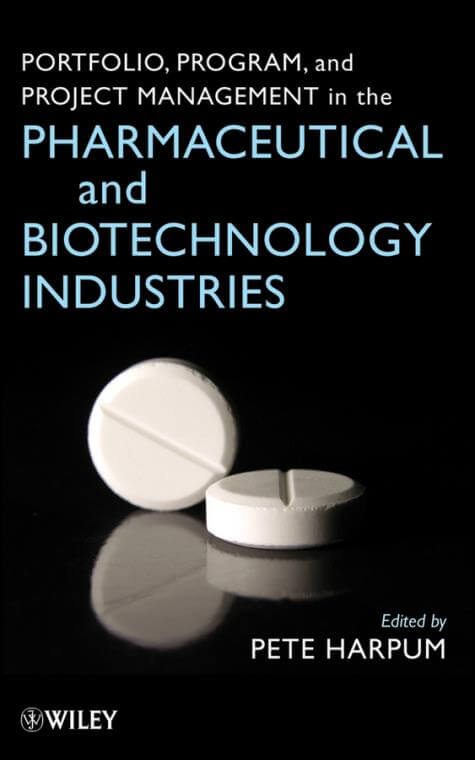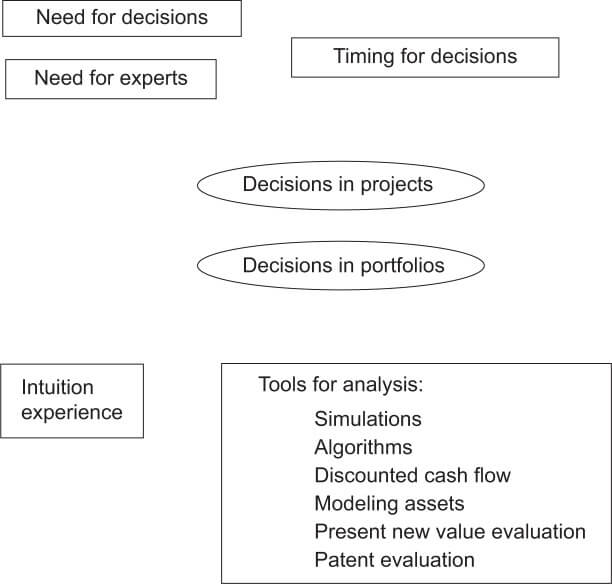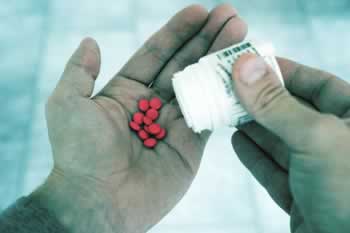
The generic drug market has experienced significant growth over the past few decades, driven by the passage of the Hatch-Waxman Act in 1984 and subsequent legislation. Today, the market is more competitive than ever, with generic drugs accounting for over 90% of all prescriptions in the United States. To succeed in this environment, generic drug manufacturers must adopt innovative strategies that focus on optimizing partnerships, supply chain efficiency, and portfolio management.
Strategic Scaling and Supply Chain Investment
One key strategy for generic drug manufacturers is to invest in strategic scaling and supply chain optimization. This involves developing multisourcing programs that provide access to a larger pool of raw materials, establishing partnerships with suppliers that can demonstrate continuity, and exploring domestic manufacturing options for high-volume products. By doing so, manufacturers can ensure a reliable supply chain and reduce costs associated with shipping delays and remanufacturing poorly formulated products.
Portfolio Management and Differentiation
Another critical aspect of success in the generic drug market is portfolio management and differentiation. This involves identifying and developing a portfolio of products that meet the evolving needs of the healthcare system and medical science. By focusing on high-value products with established channels, manufacturers can differentiate themselves from competitors and maintain margins in a highly competitive market.
Collaborations and Partnerships
Collaborations and partnerships are essential for driving innovation and efficiency in the generic drug development process. Biopharmaceutical companies are increasingly partnering with other stakeholders, including academic centers, biotech companies, and nonprofit organizations, to accelerate the discovery and development of new treatments. These partnerships can provide access to diverse capabilities, resources, and expertise, ultimately leading to more effective and efficient drug development.
Real-World Data and Clinical Insights
Real-world data (RWD) and clinical insights are crucial for optimizing the value of drug products and improving patient outcomes. Life sciences companies can leverage RWD to accelerate drug discovery, advance patient-centricity goals, and enhance the value of drugs. By understanding the clinician decision journey and tapping into real-world data, manufacturers can develop more effective marketing strategies and improve the overall efficiency of their drug development processes.
Challenges and Opportunities
Despite the challenges posed by a highly competitive market and increasing R&D costs, there are opportunities for growth and innovation in the generic drug industry. By adopting strategic partnerships, investing in supply chain efficiency, and leveraging real-world data, generic drug manufacturers can optimize their development processes and maintain a competitive edge.
Conclusion
In conclusion, optimizing partnerships for generic drug development success requires a multifaceted approach that incorporates strategic scaling, portfolio management, collaborations, and real-world data. By adopting these strategies, generic drug manufacturers can navigate the complex and competitive generic drug market, drive innovation, and deliver more value to the healthcare ecosystem.
Collaborations have become more diverse in terms of the stakeholders involved, contributing new perspectives, capabilities, and resources to drive scientific advances. — Deloitte
References
- KPMG. (2022). Maximizing the potential of your generic portfolio strategy.
- Deloitte. (2022). Partnering for progress: How collaborations are fueling biomedical advances.
- Wolters Kluwer. (2024). How life sciences leaders can leverage clinical insights.
- Springer. (2022). Partnership models for R&D in the pharmaceutical industry.
- FDA. (2023). Collaboration and scientific innovation stimulated advancement in generic drug program.























